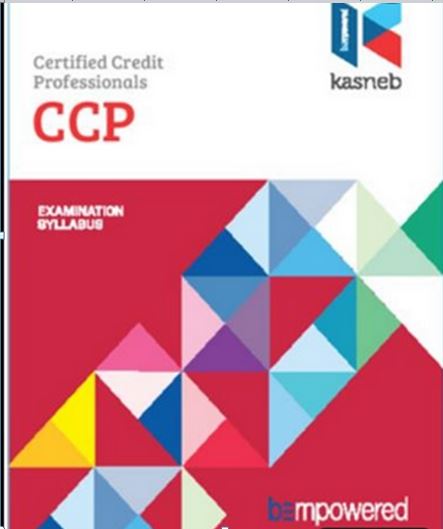CCP Foundation- Business Environment

About Course
UNIT DESCRIPTION
This paper is intended to equip the candidate with knowledge, skills and attitudes that will enable him/her to understand the environment under which businesses operate for purposes of designing and implementing credit management policies and approaches
LEARNING OUTCOMES
A candidate who passes this paper should be able to:
- Demonstrate understanding of the structure of the economy
- Evaluate the impact of supply and demand on business organisations in line with managing credit transactions
- Align lending proposals to structures and operations of different forms of business organisations
- Apply PESTEL analysis (and other tools) to evaluate the impact of internal and external factors on the business organisation
- Gauge the business cycle impacts on business decision making
- Analyse the conflict of macro-economic objectives of Governments and business objectives in credit decision making
Course Content
1. Introduction to business environment
-
Business Operating Environment
-
Structure of Kenyan financial system
-
Outline of Kenyan economy
-
Economics In Business
00:00 -
Different Economic Systems
00:00
2. Business Structure and Business Growth
3. Introduction to Company Analysis and Industry Analysis
4. Market Environment
5. Market Structures and Competitive environment
6. Inflation
7. The macro-economic influences on the organization
8. Introduction to International Trade
9. International Business Environment
PAST PAPERS
Student Ratings & Reviews
Yes, the course was highly beneficial. It provided a comprehensive understanding of the subject matter and equipped me with practical skills that I can apply in real-world scenarios.
The notes are detailed and exam oriented thank you.
